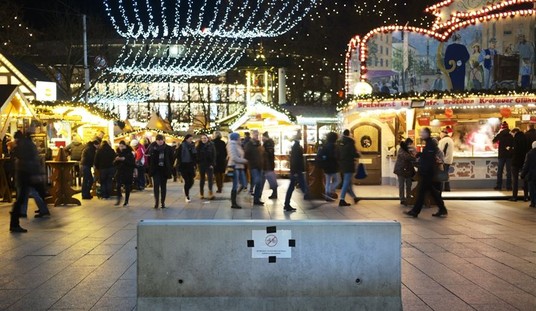The Mendocino Fire Complex 100 miles north of San Francisco became the largest wildfire in California state history overnight, eclipsing the previous record blaze just last January.
Hundreds of firefighters had the massive blaze only about half contained as the flames raced through dry timber and brush now exceeding 284,000 acres. For just that fire, that’s 444 square miles, or almost 20 times the size of New York’s Manhattan island.
Astronauts in the International Space Station can see its smoke plumes drifting far out over the Pacific Ocean.
If you’ve never been close to such immense wildfires, good. They are awesome in the original real sense of that word.
Up close, these wildfires roar like jet engines as the fire sucks huge amounts of air into its heart, preheats it and blasts intense winds out the front to prepare woodlands in its path. The image of fire-breathing dragons comes readily to mind.
Indeed, veteran firefighters give names to the blazes and treat them like the wild and deadly natural creatures they are. Heat from gully flames rises up rugged mountainsides to prepare trees for burning.
Watching in the dark at night, the bright yellow and orange flames do not simply spread. They actually leap ahead as preheated trees literally explode in flames like 20-ton sparklers, creating a barrage of audible whooshes that can launch blazing branches the size of a man’s arm soaring through the darkness to the next hillside, at times behind firefighters.
Sometimes a blaze’s internal heat and flames become so powerful they form whirling firestorms the size of a medium smokestack, a mini-tornado of flames that whip around rapidly in yellows, oranges and blues, ripping giant trees from the ground to send burning branches flying.
At such times, firefighting crews wisely just get out of the way, instead scouring the earth and lighting small intentional fires along the sides to deprive the main fire of fuel and steer it toward lakes or other terrain inhospitable to fire. Violent thermals rocket up from the fire, bouncing the crews of water bombers and helicopters around like the worst thunderstorm you’ve ever flown through.
However, wildfire flames are fickle — on purpose. They do burn everything in their path. But their paths wander and skip around in erratic patterns according to winds, moisture and fuels. As Nature plans it, this serendipity allows swaths and spots of native growth and their wildlife inhabitants to survive and reseed and repopulate burned areas.
Soon after the inferno passes through, mop-up crews move into the suddenly black-and-white landscape, dousing smoldering trees whose saps and resins continue fueling sizzling flames.
Private property damage has worsened in rural areas during recent decades as would-be wildfires are quickly doused and logging curtailed. This allows forest fuels to accumulate. More people are building houses or second homes in or near woodlands where wildfires spawn. So severe is a wildfire’s heat that cast-iron stoves that melt at 1,200 degrees are found later in hardened pools of metal.
The good news is that wildfires are Nature’s cleanup crew, turning dead and old-growth trees and brush into ash that fertilizes future generations of growth. The blackened hulks of fallen and standing trees become homes for wildlife. Next year’s crop of wildflowers and mushrooms will be stupendous. In fact, Native Americans used to set wildfires because they opened forests for new vegetation and wildlife to return for hunting.
But even as flames flicker nearby today, new life has already begun. Some first-generation tree species require direct sunlight to thrive. Their pine cones have lain dormant on the shady forest floor for decades, ever since shade-loving later tree generations took away the sun.
This is amazingly true: Only the passing heat of a wildfire is sufficient to melt the natural glue holding those old pine cones tightly sealed. Once heated, they pop open to shed their patient seeds into the fertile, still-warm ashes. Returning squirrels and other creatures will dine on some seeds. Others will take root.
And that starts the centuries-long forest cycle all over again.







Join the conversation as a VIP Member